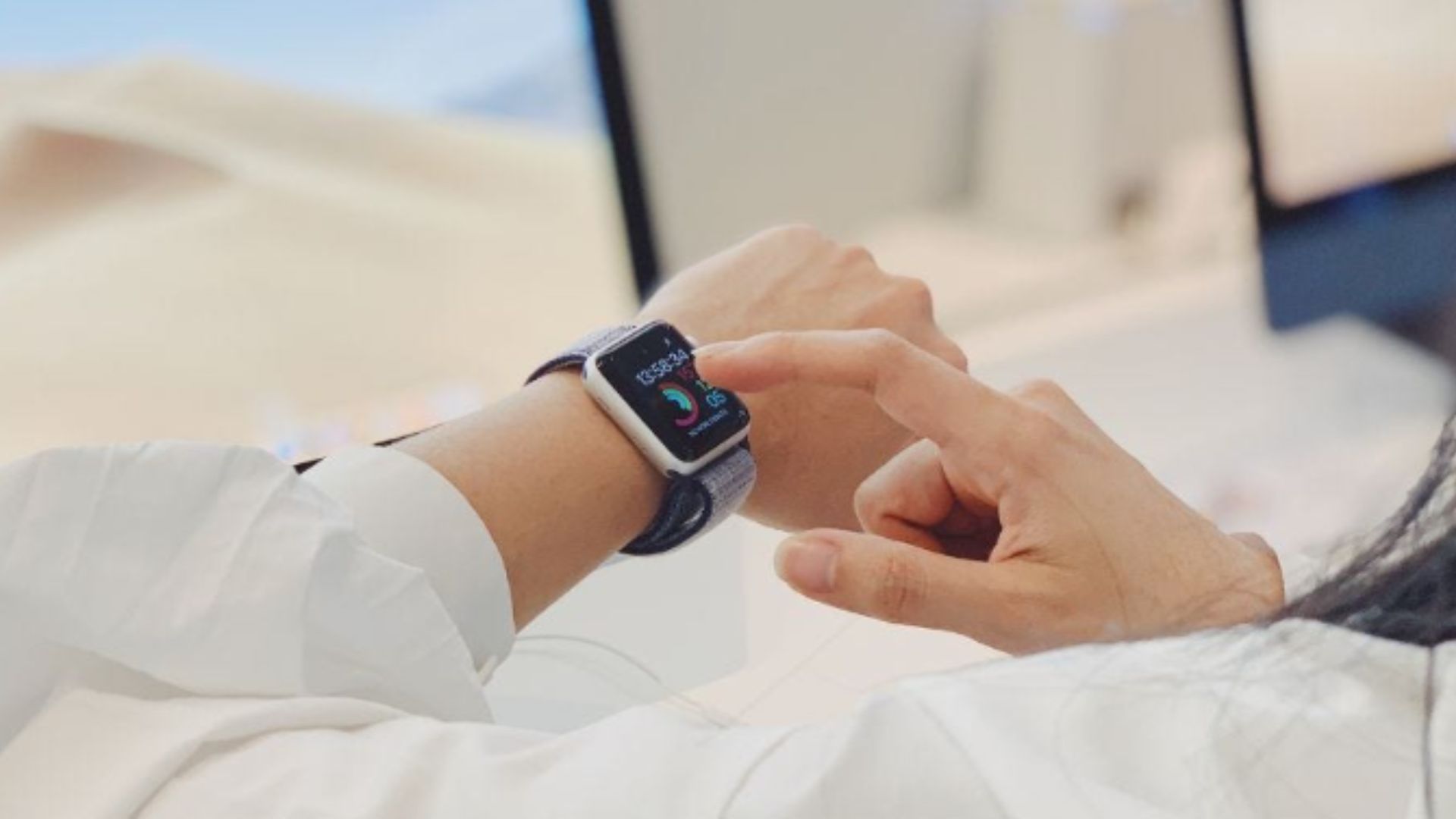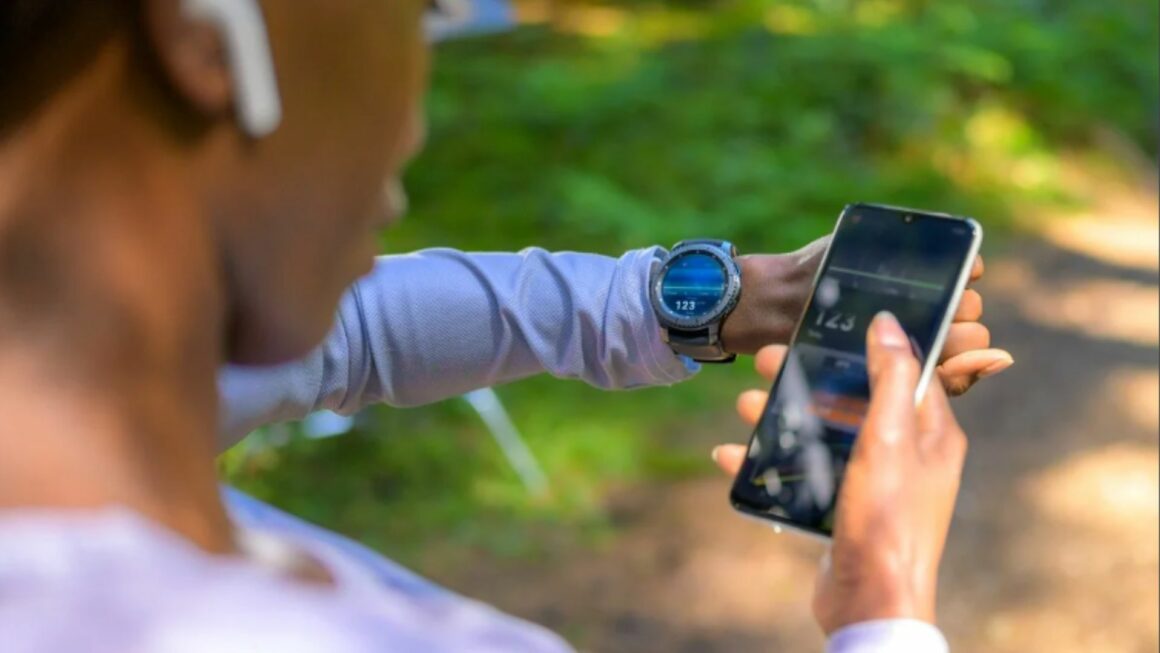The world of healthcare is undergoing a significant transformation. Wearable technology, once confined to the realm of fitness enthusiasts, is now playing a vital role in healthcare by empowering patients and revolutionizing remote patient monitoring. These small, often unassuming devices strapped to our wrists or clipped onto our clothing are silently collecting a wealth of data about our health, offering a window into our well-being like never before.

How Wearables Track Health Data
Wearable technology comes in various forms, from fitness trackers and smartwatches to smart clothing and biosensors. These devices utilize a range of sensors to gather health data. Accelerometers track movement and activity levels, while heart rate monitors measure your pulse. Some advanced wearables even feature features like electrocardiograms (ECGs) to monitor heart rhythm for irregularities, or blood oxygen sensors to track oxygen saturation levels.
This collected data paints a comprehensive picture of your health. Fitness trackers can track your daily steps, distance walked, and calories burned, motivating you to adopt a more active lifestyle. They can monitor your sleep patterns, identifying potential sleep disturbances that might be affecting your overall health.
Beyond basic fitness metrics, some wearables can offer more specialized health insights. For example, devices designed for diabetics might monitor blood sugar levels through continuous glucose monitoring, while those for people with heart conditions might track heart rate variability. This wealth of data empowers patients to take a more active role in managing their health.
Empowering Patients with Wearable Technology
Wearable technology puts valuable health data directly at your fingertips. Imagine being able to access your heart rate, sleep patterns, and activity levels throughout the day on your smartphone. This real-time feedback allows you to make informed decisions about your health. Noticing a dip in your sleep quality? You might adjust your bedtime routine or prioritize stress-management techniques. Seeing your activity levels decline? A wearable can be a nudge to get moving and increase your daily steps.
Wearables empower patients with chronic conditions by providing continuous monitoring. Diabetics can track their blood sugar levels and adjust their insulin intake accordingly. Individuals with heart disease can monitor their heart rhythm and share any concerning data with their healthcare providers. This empowers patients to proactively manage their conditions and potentially prevent complications.
Remote Patient Monitoring: Revolutionizing Chronic Care
Wearable technology paves the way for innovative remote patient monitoring (RPM) programs. By collecting health data continuously, wearables enable healthcare providers to monitor patients remotely. This is particularly beneficial for individuals with chronic conditions who require ongoing monitoring but may not need frequent in-person visits.
Remote patient monitoring allows for early detection of potential health issues. For instance, a sudden rise in blood sugar levels for a diabetic could prompt a healthcare provider to intervene before a more serious issue develops. Similarly, irregular heart rhythms detected by a wearable might signal the need for further investigation. This proactive approach can lead to better health outcomes and potentially prevent hospitalizations.
However, remote patient monitoring doesn’t replace traditional in-person visits. It acts as a valuable bridge, providing healthcare providers with continuous data streams that can guide personalized care plans and inform treatment decisions during appointments.
Addressing Privacy Concerns with Wearable Technology
The vast amount of health data collected by wearables raises concerns about privacy. Users deserve complete transparency regarding how their data is collected, stored, and used. It’s crucial to choose wearables from reputable companies with robust security measures in place to protect sensitive health information.
Furthermore, understanding data privacy settings on your wearable device is essential. Review and adjust settings to control what data is collected and with whom it’s shared. Remember, you have the right to decide how your health information is used.
Wearable technology is still evolving, and regulations surrounding data privacy are constantly being refined. However, responsible data collection practices and user awareness are key to ensuring the benefits of wearables outweigh the privacy concerns.
Conclusion
The future of wearables and remote monitoring is brimming with exciting possibilities. AI algorithms can analyze wearable data to identify trends, predict health risks, and even offer personalized health recommendations. Wearables may play a role in monitoring mental health by tracking sleep patterns, activity levels, and physiological responses to stress. By identifying potential health issues early on, wearables can empower individuals to adopt preventative measures and maintain optimal health.



